Fig. 1. Celaenosthanus trigonophilus female, dorsal view; modified from Vitzthum H.,1930.
Fig. 2. Celaenosthanus trigonophilus female, ventral view; modified from Vitzthum H., 1930.
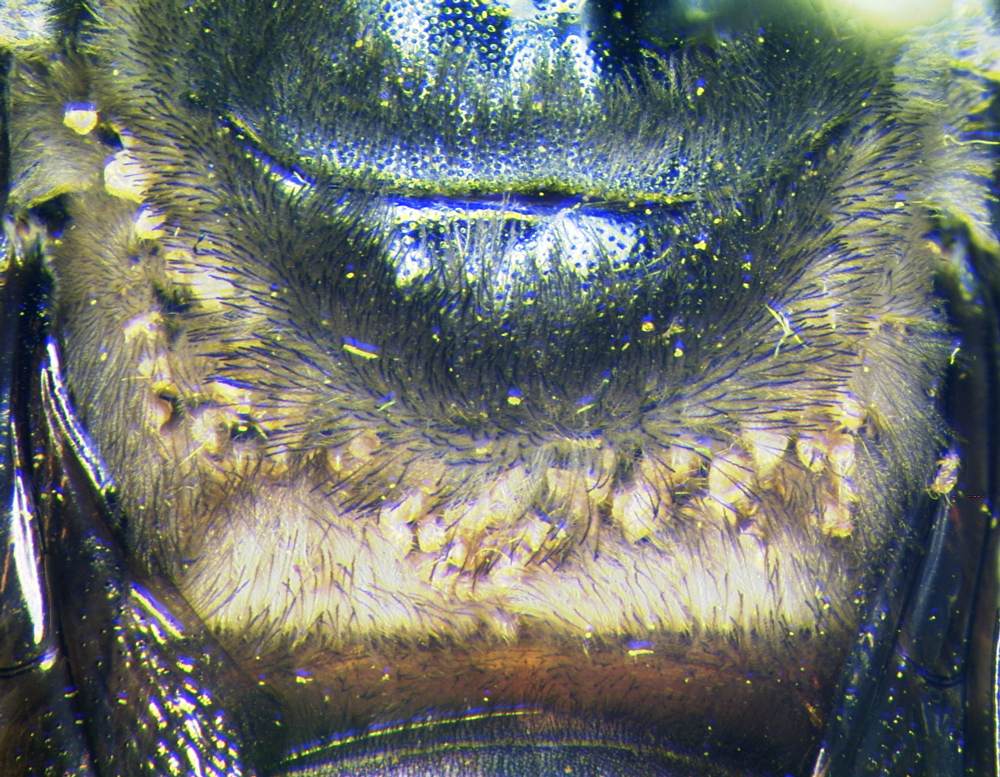
Fig. 3. Centriacarus guahibo phoretic deutonymphs on the dorsal mesosoma of bee Centris sp. from Venezuela.
Fig. 3. Centriacarus guahibo phoretic deutonymphs on the dorsal mesosoma of bee Centris sp. from Venezuela.
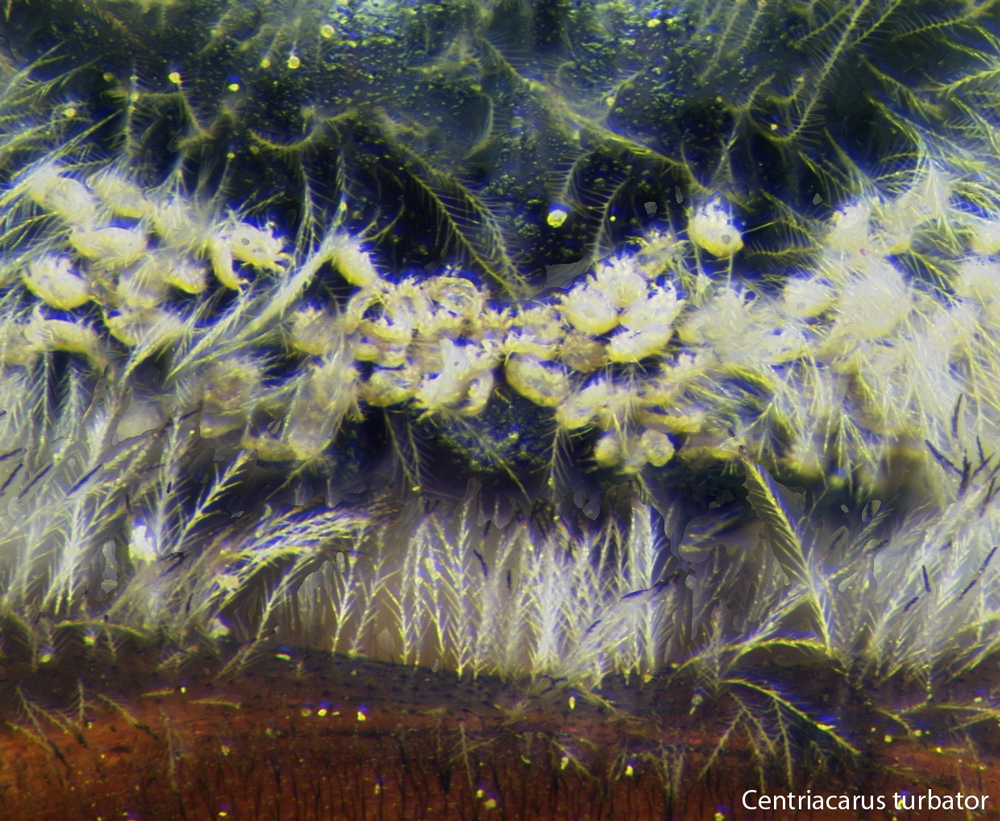
Fig. 4. Centriacarus turbator phoretic deutonymphs on the posterior mesosoma of bee Centris sp. from Mexico.
Fig. 4. Centriacarus turbator phoretic deutonymphs on the posterior mesosoma of bee Centris sp. from Mexico.
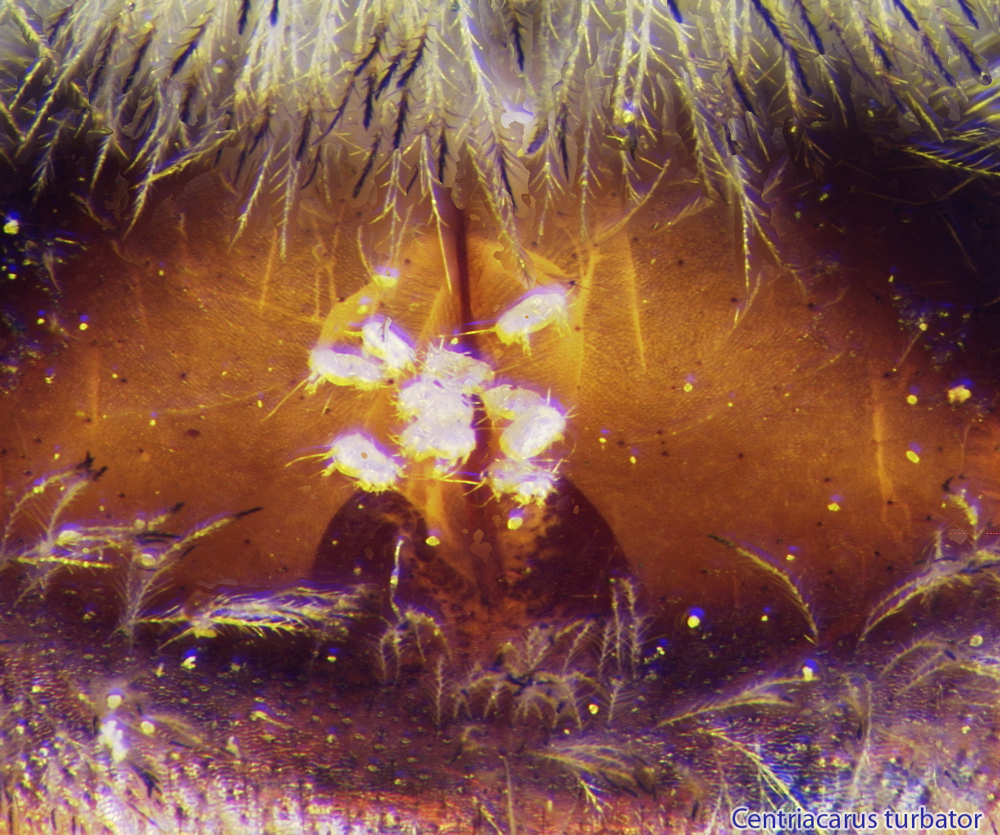
Fig. 5. Centriacarus turbator phoretic deutonymphs on the anterior metasoma of bee Centris sp. from Mexico.
Fig. 5. Centriacarus turbator phoretic deutonymphs on the anterior metasoma of bee Centris sp. from Mexico.
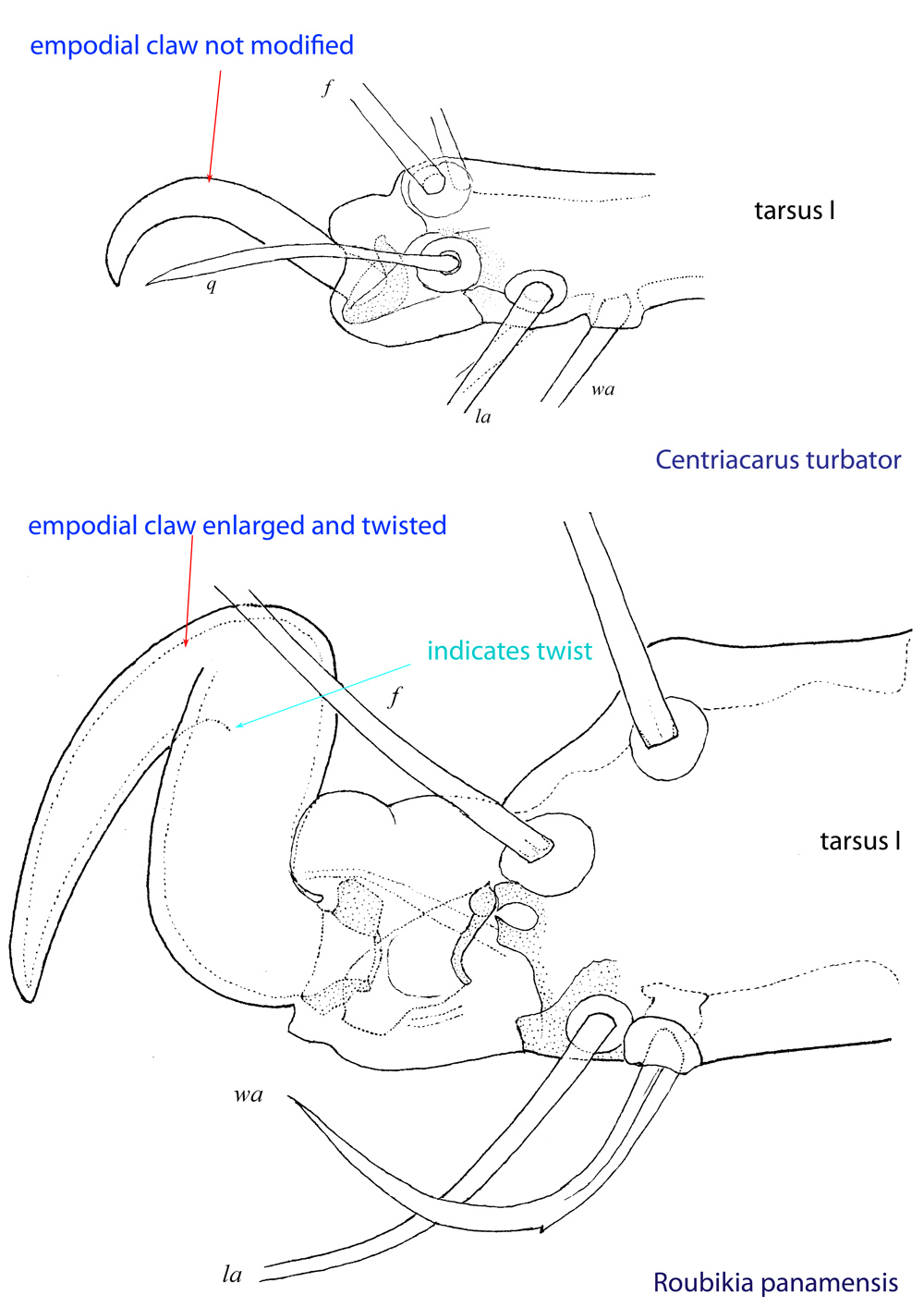
Fig. 6. Claws I-III of phoretic deutonymphs of the genus Centriacarus are unmodified and not twisted; by comparison, claws of other genera of Chaetodactylidae are enlarged and twisted.
Fig. 6. Claws I-III of phoretic deutonymphs of the genus Centriacarus are unmodified and not twisted; by comparison, claws of other genera of Chaetodactylidae are enlarged and twisted.

Fig. 7. Ambulacra I-III of phoretic deutonymphs of the genus Centriacarus are unmodified and lack a dorsal fold; by comparison, ambulacra in other genera of Chaetodactylidae have a dorsal cuticular fold.
Fig. 7. Ambulacra I-III of phoretic deutonymphs of the genus Centriacarus are unmodified and lack a dorsal fold; by comparison, ambulacra in other genera of Chaetodactylidae have a dorsal cuticular fold.
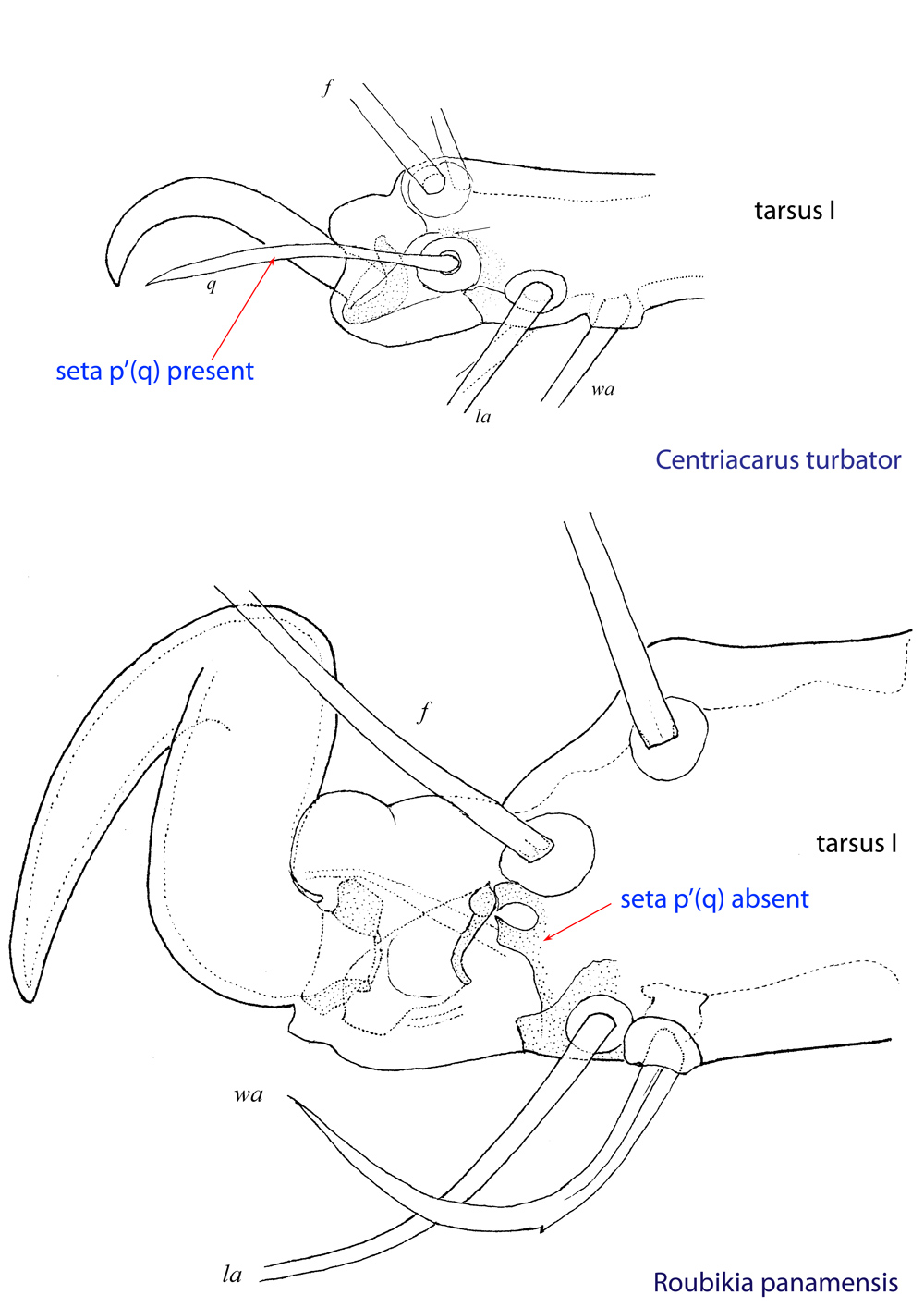
Fig. 8. Phoretic deutonymphs of the genus Centriacarus have setae p' (=q) on tarsi I-IV; by comparison, these setae are absent in other genera of Chaetodactylidae.
Fig. 8. Phoretic deutonymphs of the genus Centriacarus have setae p' (=q) on tarsi I-IV; by comparison, these setae are absent in other genera of Chaetodactylidae.
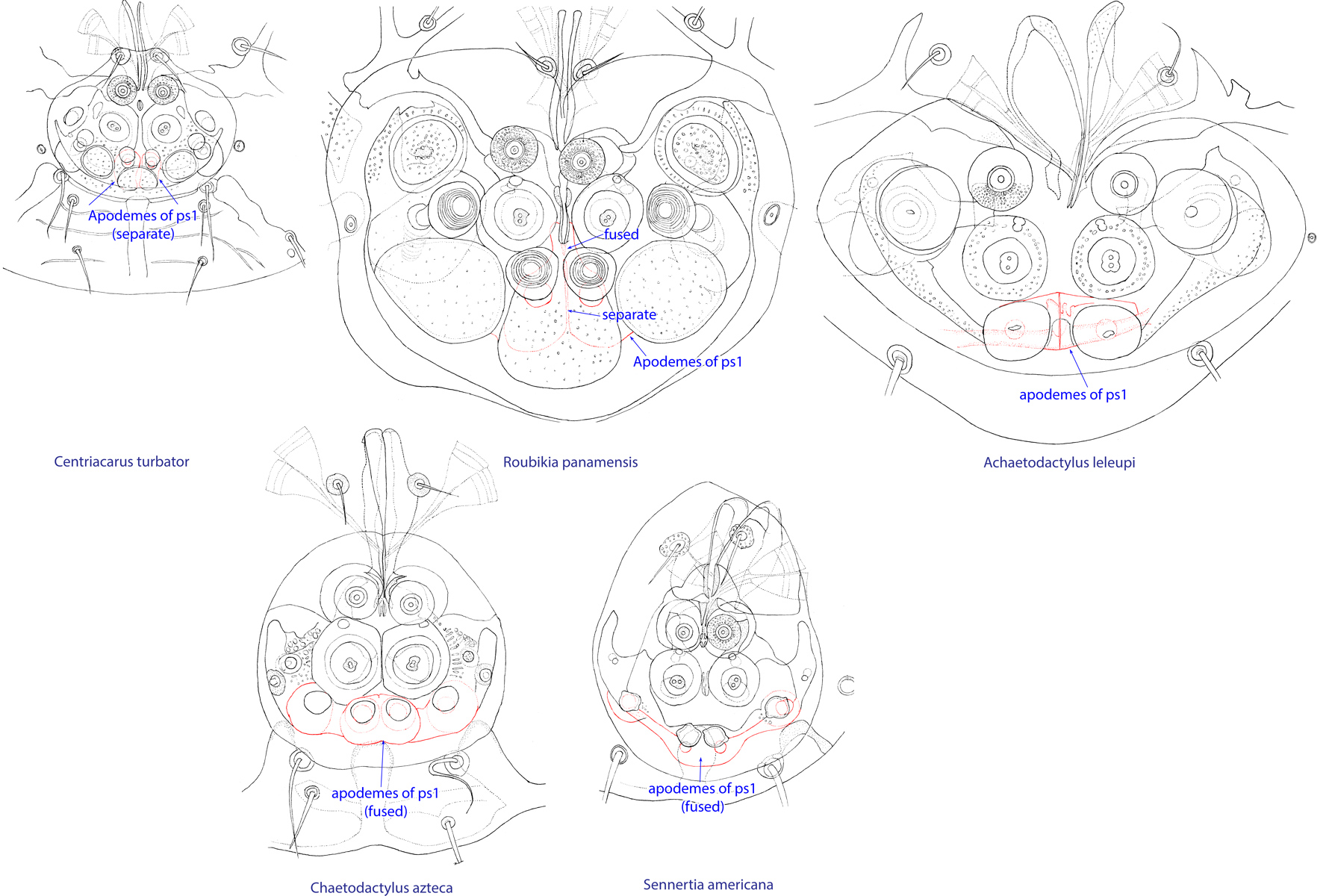
Fig. 9. Attachment organs of phoretic deutonymphs of the family Chaetodactylidae, showing the structure of apodemes of ps1. Centriacarus is unique in having these apodemes separated from each other.
Fig. 9. Attachment organs of phoretic deutonymphs of the family Chaetodactylidae, showing the structure of apodemes of ps1. Centriacarus is unique in having these apodemes separated from each other.
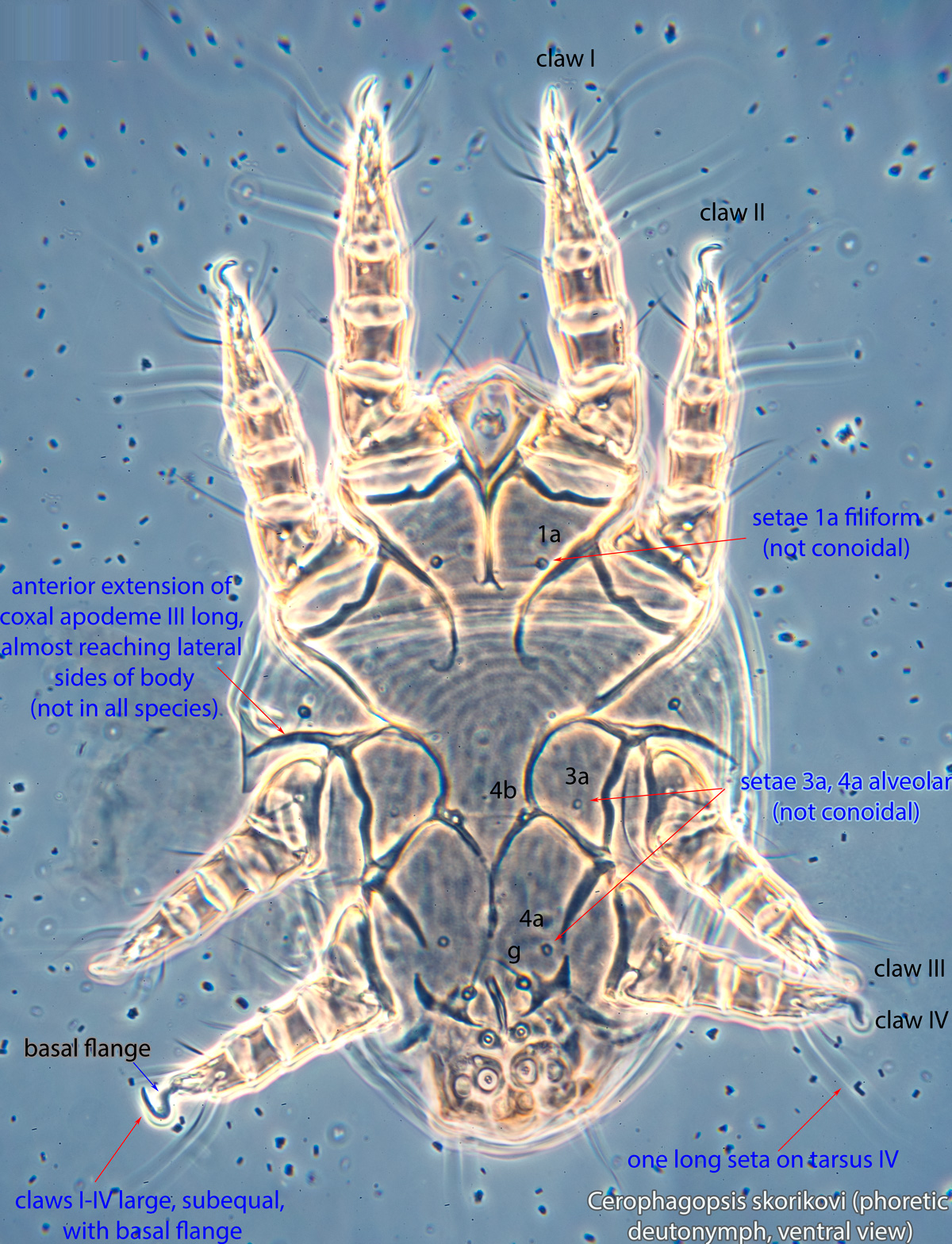
Fig. 4. Cerophagopsis skorikovi phoretic deutonymph, ventral view; empodial claws referred to as claws for simplicity; phase contrast.
Fig. 4. Cerophagopsis skorikovi phoretic deutonymph, ventral view; empodial claws referred to as claws for simplicity; phase contrast.